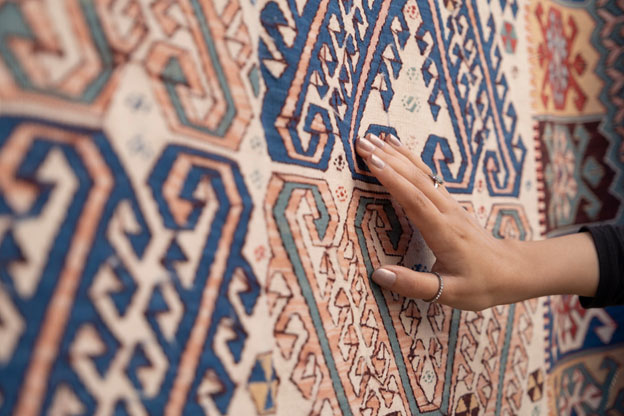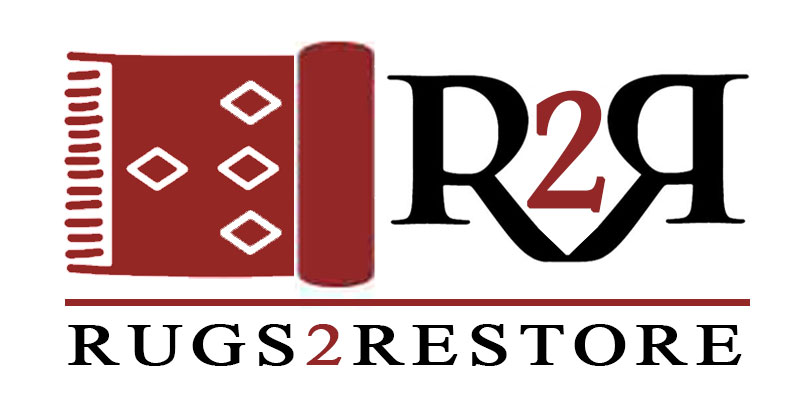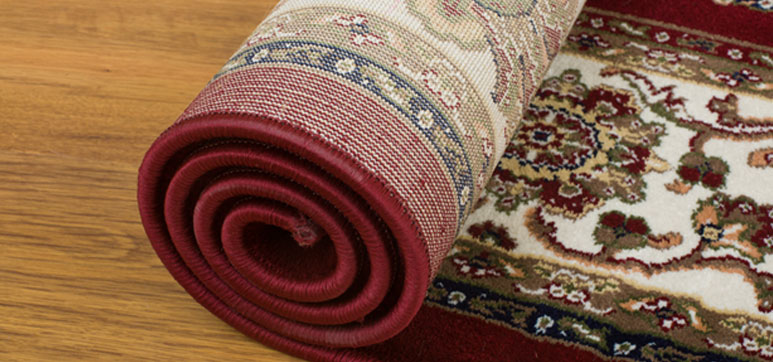Welcome, rug enthusiasts! Whether you’ve inherited a cherished family rug or invested in a beautiful hand-woven masterpiece, one thing is for certain: your rugs hold immense value, both monetarily and sentimentally.
However, accidents happen, and your precious rugs are not immune to damage or loss. That’s where rug insurance comes in – it’s a smart investment that can offer peace of mind and financial protection.
But how do you determine the value of your rugs and how much insurance coverage you need? That’s where rug valuation for insurance comes into play.
In this article, we’ll guide you through the process of Persian rugs valuation, from assessing the condition of your rugs to getting a professional appraisal. We’ll help you ensure that your rugs are properly covered, so you can continue to cherish and enjoy them for years to come.
So grab a cup of tea, and let’s dive into the world of rug valuation for insurance!
Understanding Rug Valuation
Before diving into the rug valuation process for insurance, it’s important to understand what rug valuation is and why it matters. Rug valuation is the process of determining the current market value of a rug. This value takes into account various factors such as the age, condition, origin, and quality of the rug.
Why does rug valuation matter? Well, in the event of damage or loss, your insurance company will only reimburse you for the rug’s value as determined by their valuation process. If your rug is undervalued, you may not receive enough compensation to replace it. On the other hand, if your rug is overvalued, you may be paying too much in insurance premiums.
How to Value Your Rugs for Insurance

Now that you understand the importance of rug valuation for insurance, let’s take a look at the process of valuing your rugs.
- Step 1: Determine the Type of Rug – The first step in valuing your rug is to determine the type of rug you have. There are many different types of rugs, including Persian, Oriental, Turkish, and Tibetan, to name a few. Each type of rug has its own unique characteristics, and the value of the rug will be influenced by its type.
- Step 2: Determine the Age of the Rug – The age of a rug is another important factor in its valuation. Generally speaking, the older the rug, the more valuable it is. However, the age of the rug is not the only factor to consider.
- Step 3: Assess the Condition of the Rug – The condition of the rug is another important factor in its valuation. A rug in excellent condition will be worth more than a rug in poor condition. Some factors to consider when assessing a rug’s condition include stains, holes, and wear and tear.
- Step 4: Determine the Origin of the Rug – The origin of the rug is another important factor in its valuation. Some regions are known for producing high-quality rugs, and rugs from these regions will generally be more valuable than rugs from other regions.
- Step 5: Assess the Quality of the Rug – The quality of the rug is another important factor in its valuation. Higher-quality rugs will be worth more than lower-quality rugs. Some factors to consider when assessing the quality of a rug include the density of the weave, the type of wool or silk used, and the intricacy of the design.
Valuing a rug for insurance purposes can be a complex process, and working with a professional appraiser is essential. Here are the other steps involved in valuing a rug for insurance purposes:
- Find a professional appraiser: Look for a professional appraiser who is knowledgeable and experienced in valuing rugs, as they will be able to provide you with the most accurate appraisal possible. He will consider all of the above factors and give you an accurate valuation of your rug. You can search for appraisers online or ask for recommendations from your insurance agent or a reputable rug dealer.
- Schedule an appraisal: Schedule an appraisal with the appraiser. The appraiser will visit your home and inspect your rug in person.
- Provide information about the rug: Provide the appraiser with information about the rug, including its age, condition, origin, and materials.
- Receive a valuation report: The appraiser will provide you with a valuation report that outlines the value of your rug for insurance purposes.
- Update your insurance coverage: Once you have the valuation report, you can update your insurance coverage to ensure your rug is adequately insured.
Insuring Your Rugs
Now that you have an accurate valuation of your rug, it’s time to insure it. Here are some important things to consider when insuring your rugs:
Review Your Homeowner’s Insurance Policy
The first step in insuring your rug is to review your homeowner’s insurance policy to see if it provides coverage for your rug. Many policies have limits on the amount of coverage they provide for valuable items such as rugs, so it’s important to know what your policy covers.
Consider a Separate Policy
If your homeowner’s insurance policy does not provide adequate coverage for your rug, you may want to consider purchasing a separate insurance policy specifically for your rug. These policies are often referred to as “valuable articles” or “fine arts” policies and provide more comprehensive coverage for high-value items.
Know Your Deductible
When purchasing insurance for your rug, it’s important to know your deductible. The deductible is the amount you will have to pay out of pocket before your insurance kicks in. Make sure you choose a deductible that you can afford to pay if necessary.
Keep Documentation
It’s important to keep documentation of your rug’s value and condition, as well as any appraisals or receipts you have for the rug. This documentation will be important if you ever need to file a claim with your insurance company.
FAQ: Frequently Asked Questions
Q: Can I value my rug myself?
A: While it’s possible to value your rug yourself, it’s recommended to work with a professional appraiser who has the experience and knowledge to provide an accurate valuation.
Q: Do I need to have my rugs appraised regularly?
A: Yes, it’s a good idea to have your rugs appraised every 3-5 years or if there have been any significant changes to the rug’s condition or value.
Q: Can I insure my rug if I don’t have an appraisal?
A: It’s possible to insure your rug without an appraisal, but it’s not recommended. Without an accurate valuation, you may end up underinsured or paying too much in insurance premiums.
Q: Will my homeowner’s insurance policy cover my rug?
A: It depends on the policy. Many homeowners’ insurance policies have limits on the amount of coverage they provide for valuable items such as rugs. Review your policy to see if your rug is covered, and if not, consider purchasing a separate insurance policy.
Conclusion
Valuing and insuring your rugs may not be the most exciting task on your to-do list, but it’s an important one. By taking the time to properly value your rugs and insure them adequately, you can ensure that your precious rugs are protected in the event of loss or damage. Remember to get your rug appraised by a professional, review your insurance policy, and keep documentation of your rug’s value and condition. With these steps in place, you can rest easy knowing that your rugs are properly covered.

